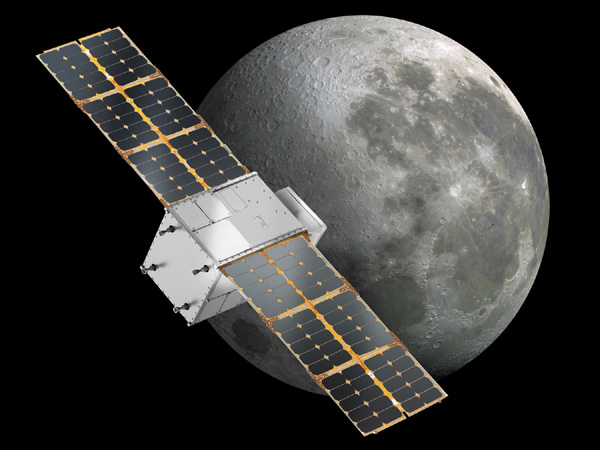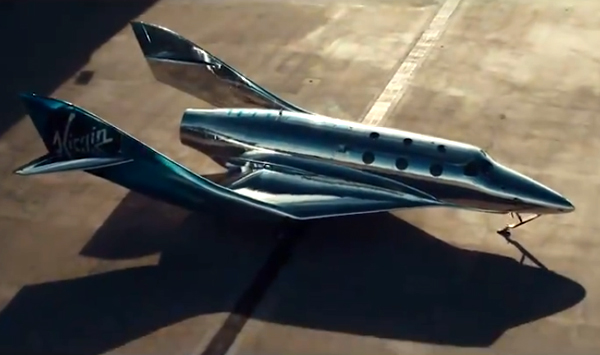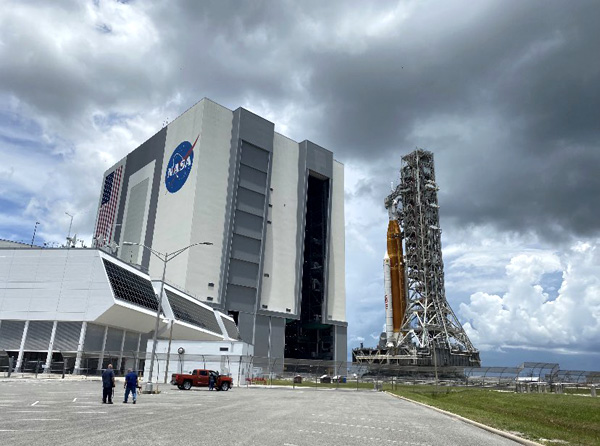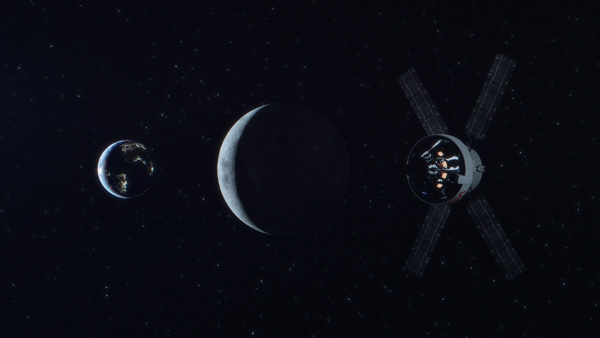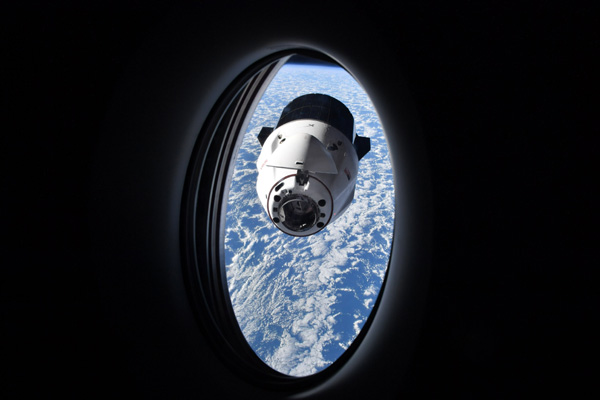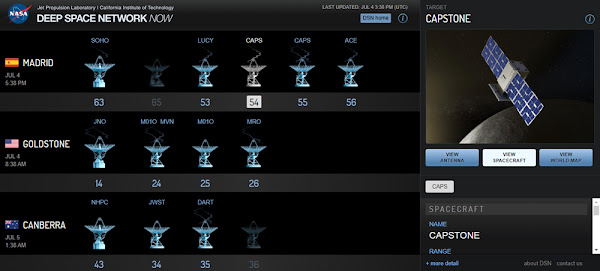
NASA
Final Work Continues to Ready Artemis I Moon Rocket for Launch (News Release)
With approximately one month until NASA’s first launch attempt for the Artemis I mission, teams move closer to finishing operations for the Space Launch System (SLS) rocket and Orion spacecraft in the Vehicle Assembly Building at the agency’s Kennedy Space Center in Florida. NASA is currently targeting launch for no earlier than Monday, August 29, at 8:33 a.m. EDT during a 2-hour window.
A successful launch on August 29 would result in a mission duration of about 42 days, returning Monday, October 10. Engineers continue to progress through first time operations and are prepared to learn and adapt along the way. Teams have planned accordingly with additional launch opportunities on September 2 and September 5 if more than one launch attempt is needed.
Engineers successfully reconnected the hydrogen tail service mast umbilical where a hydrogen leak was detected during the last wet dress rehearsal test. Teams tested the connection and did not detect any leaks under ambient conditions in the Vehicle Assembly Building. Up next, technicians will perform additional work to return the section to its launch configuration.
Technicians finished installing the rocket’s flight batteries. As part of operations to prepare the flight termination system, engineers installed and tested the core stage flight command receiver decoders and also tested the solid rocket boosters’ automatic destruct units. Work continues to complete installation of the thermal protection system blankets on the interim cryogenic propulsion stage and launch vehicle stage adapter. Following completion of the upper stage closeout work, teams will conduct flight closeout inspections, which includes removing access platforms and installing flight doors replacing the ground support equipment coverings on the core stage.
Teams also are replacing the inflatable seal between the mobile launcher’s crew access arm and Orion’s launch abort system after it experienced some minor damage due to inclement weather sustained while it was out at Launch Complex 39B for the wet dress rehearsal tests. The seal prevents anything from the outside environment from getting inside the capsule. Once the seal is replaced and tested, engineers will finish installing remaining payloads inside the crew module before SLS and Orion roll back out to the pad for launch.
Source: NASA.Gov
****
As we get closer to launch, get familiar with the #Artemis I flight map! During this test flight, the uncrewed @NASA_Orion spacecraft will launch on the powerful SLS rocket and travel thousands of miles beyond the Moon, farther than any spacecraft built for humans has ever flown. pic.twitter.com/jw1RL9YxUJ
— NASA_SLS (@NASA_SLS) July 26, 2022
The launch of #Artemis I is right around the corner.
— NASA Artemis (@NASAArtemis) July 26, 2022
Explore the reference guide and press kit for the mission to get all the details: https://t.co/K9HMk78udo pic.twitter.com/ov3KoC4eZR



